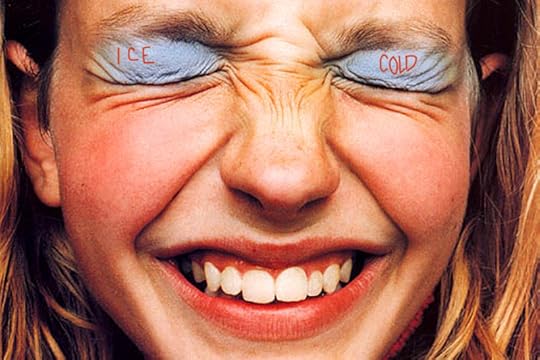When Did Nice Become Cool?
 I’ve always been pretty comfortable with the notion that I am, at my core, a nerd. No reserved seating at the “cool” kids’ table, no qualms about having Lord of the Rings references in my AIM profile and zero ability to be anything but painfully, hopelessly, nice.
I’ve always been pretty comfortable with the notion that I am, at my core, a nerd. No reserved seating at the “cool” kids’ table, no qualms about having Lord of the Rings references in my AIM profile and zero ability to be anything but painfully, hopelessly, nice.
This made the realization that I not only liked fashion but harbored an enduring passion for an industry generally perceived as “mean” a cause for concern. When I decided to move to New York City from the Midwest to pursue it further, I braced myself for an inevitable degree of backlash; worse than the thought of the cruelty my friendliness might incite was whether or not this industry could make me mean.
Surprisingly, what I soon discovered was that the overwhelming public attitude of those inside the fashion industry seemed to have shifted from Devil Wears Prada-esque to something a lot less, well, awful.
From beaming street style stars to relatable editors, goofy models and down-to-earth bloggers, there’s this new influx of engaging individuals not only alluring in their aspirational statuses, but in their approachable ones. Fashion celebrities — in fact, most celebrities — once relegated to cold and isolated roles at the upper echelons of society have become less stoic, funnier and more chummy with their fans than ever before. More Andy, less Miranda Priestly.
Nice is now…cool. And we may have ourselves to thank.
You see, today, fans are fame. Having followers equates to having influence, which equates to stardom, which equates to dating a Jonas brother. Where popularity used to be assigned, today it is — for lack of a better word — earned. Fame is no longer in the hands of one big-name agent, record producer, modeling scout or editor-in-chief but instead of any individual who’s able to successfully leverage their most alluring attributes to create a compelling, often enviable, personal brand. You know the saying “don’t bite the hand that feeds you?” You have to be well-liked so that people keep giving you likes.
Congeniality may also have to do something with the fact that these celebrities are often fans themselves.
Consider the power of Instagram, where a “nobody” can become a “somebody” through the alluring combo of compelling content and rapid technology in the span of a few hours. The rise — quick and transparent — helps keep these new stars more grounded than in the past. They can see where they came from if they scroll back far enough.
Social media has also made celebrities — new and established — more susceptible to the effects of immediate, direct feedback than ever before. When an influencer puts something out there, the audience interacts. Immediately. Some celebrities even comment back. This proximity to normalcy makes for more humble, down to earth and relatable public figures less keen on excluding those who they essentially were only moments ago.
This reliance on and ability to relate to fans has created a new subset of celebrities less liked for being cool than they are cool for being liked. The intimidating Kate Mosses and Victoria Beckhams of yesteryear have morphed into the ever-exuberant Karlie Klosses and Coco Rochas of today.
But it does make you wonder: is this the beginning of a cultural shift in the direction toward a nicer society, one where friendliness reins supreme? Or is it just a trend? The latter is a cynical thought, yes, but I guess that’s what moving to New York will do to you. The city so nice, they named it twice.
Photograph via The Face, 1999
The post When Did Nice Become Cool? appeared first on Man Repeller.
Leandra Medine's Blog
- Leandra Medine's profile
- 75 followers




